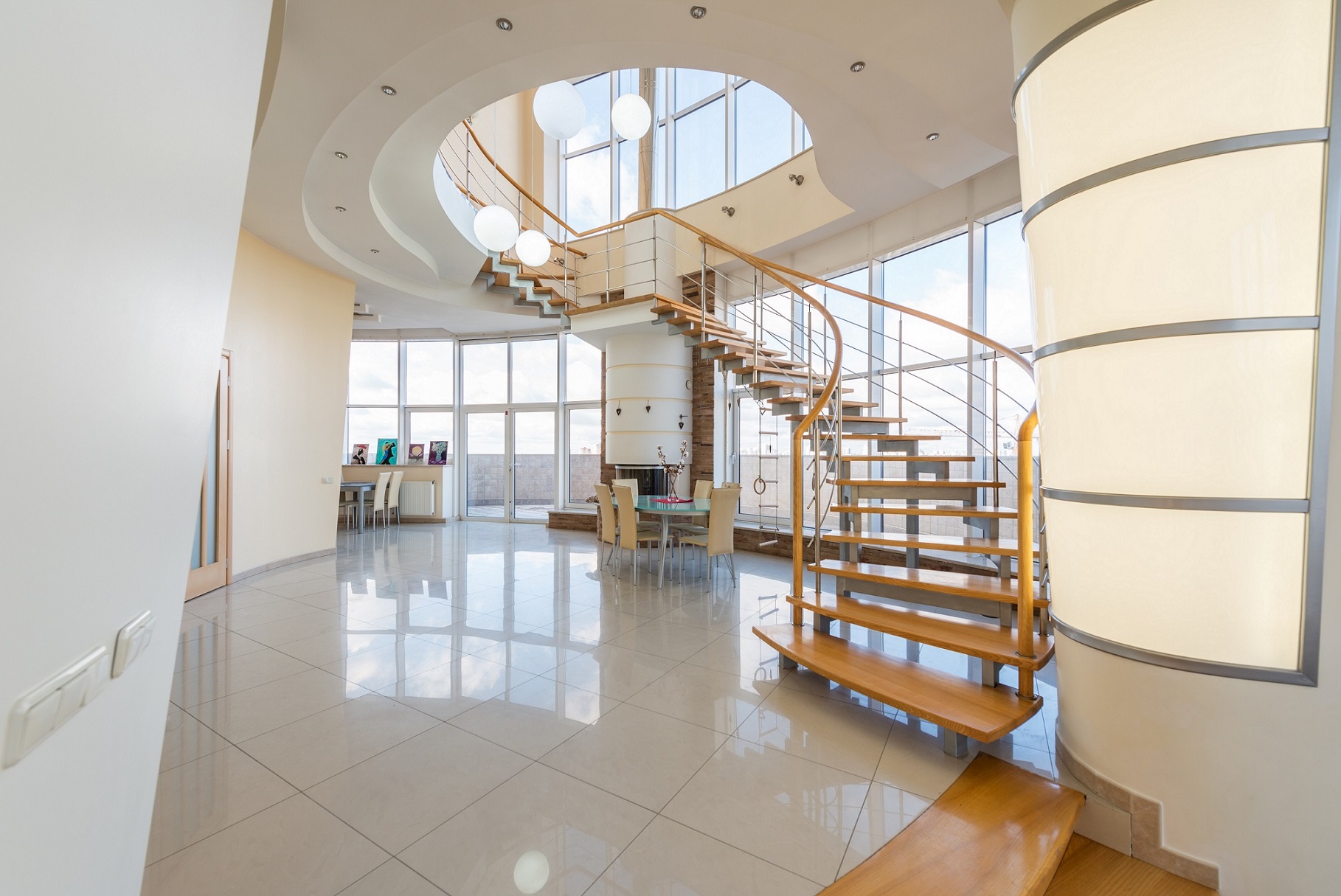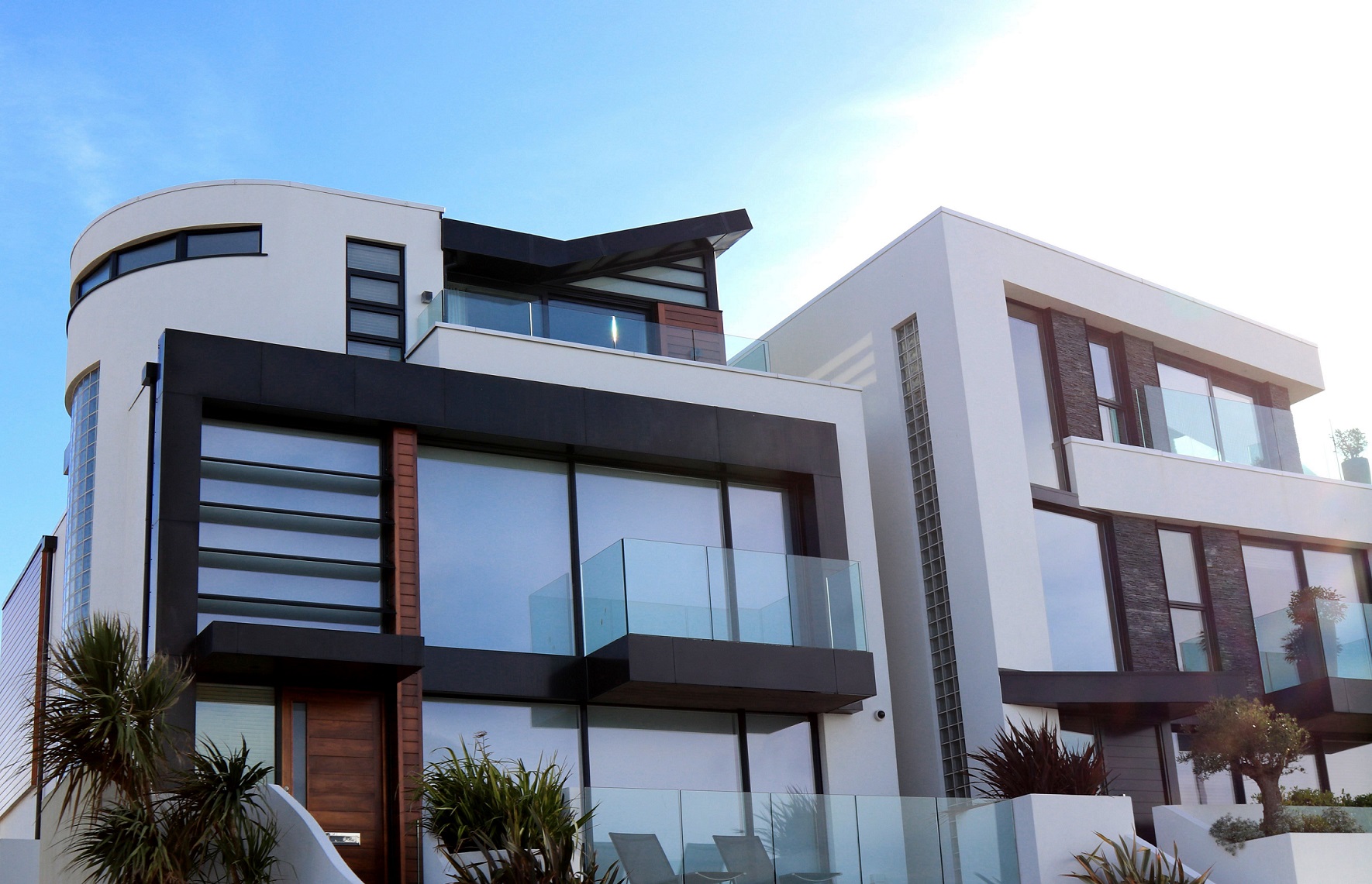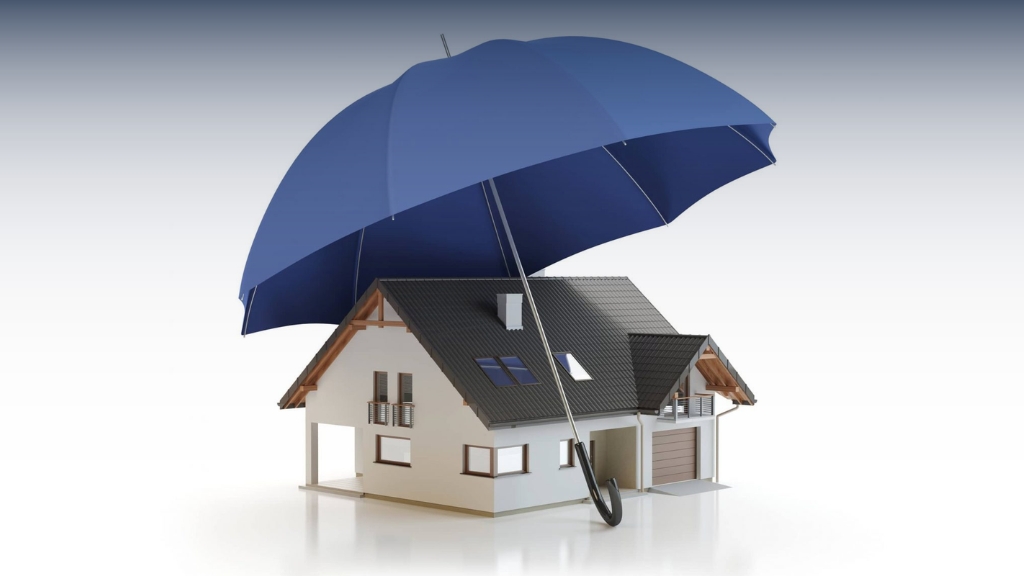A modern-day home is fast becoming a showcase of what the future holds. Homes have evolved beyond dwelling, utility and aesthetics. They are transforming into a personalized experience that is defined by safety, convenience and character. One major factor that is driving this evolution is smart home automation.
While at the face of it smart home automation seems to be a solution that lays emphasis on making life easier the silver lining that makes it truly worthwhile are the efficiencies and cost savings. Home automation has existed well into the early ’90s in some basic form or the other; but in the last 10 years, it started to see large-scale adoption. This has been driven by easy access to the internet, mobile devices and retail availability of DIY home automation solutions.
With the advent of the internet of things (IoT) each smart home device and system has something unique to offer, but there are certain common traits to all these features and components.
Remote Access

This is probably the most useful feature that is common to all home automation solutions. With easy access to mobile devices, controlling various appliances in your home becomes a breeze. Dedicated mobile applications give you complete control from the convenience of your couch without having to turn touch a physical switch, ever!
With smart homes connected to the internet, you can perform any of these tasks even when you are miles away at work or on vacation.
Hands-Free Controls
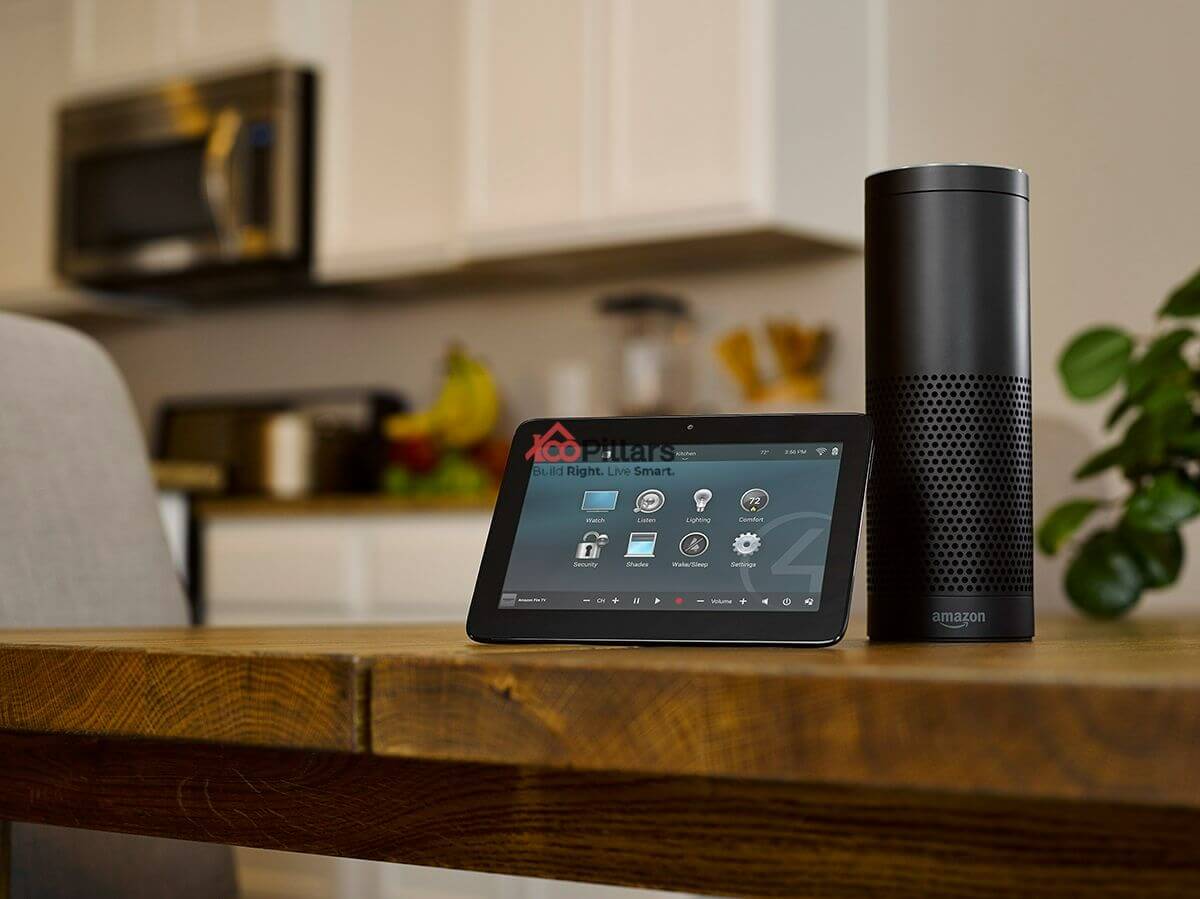
If the convenience of remotely controlling your appliances doesn’t satisfy the techno-wiz in you, smart home systems offer the added convenience of hands-free or voice control. By integrating smart devices and assistants such as Amazon’s Alexa and Google Assistant you can get your smart home to perform tasks with a simple command.
Imagine the sheer joy of waking up in the morning and saying “Alexa, I need to get ready for work” and your geyser automatically turns on to the perfect temperature setting, your audio system reads out personalized news snippets and meeting schedules, and your coffee machine starts making that perfect morning brew. You probably are never going back to the old ways after that!
Personalization
Smart home automation allows you to access so many aspects of your home through your smartphone or voice commands. But the true beauty of this convenience comes across when you make these tasks or controls a part of a “routine” or personal preference.
Imagine rooms and spaces in your home that can be customized to a particular person in the family. You simply walk and switch to this preference with one click and you are set. Everything from the lighting to the ambient temperature is set to your liking.
Safety and Convenience
The “smart” in smart home systems aren’t just about remote access and internet-connected devices. A lot of the smart devices in your home have additional safety features built into them. From smart plugs that can tell you if there has been a short circuit to smart sensors that can warn you of trespassing in your compound. With a smart lock in place, you never have to rush back home in the fear of having forgotten to lock your front door, you can just do it from the comfort of your car!
An automated home can be designed to host a number of components depending on your needs but there are some must-haves that will set you off on the right journey. Let’s take a look at some of these components while also listing features that will up your home automation game to futuristic levels.
Smart Lighting

This is probably the most basic and practical component of a smart home. No matter where you live, you spend a good 30-40% of your day under artificial lighting. Considering the huge dependence on artificial lighting and its widespread application, it’s only logical to make them smart.
Smart lighting solutions can employ specialized fixtures and bulbs that allow you to change the color, intensity and mood depending on the requirements of the room or the occupants. You can schedule and pre-program these to your preference. You can also pair these smart lights with motion sensors to activate them when a room is occupied and automatically turn them off when empty. This combination is particularly handy in washrooms, garages, stairwells etc.
Smart Switches and Plugs

If you are currently in your home, take a quick look around you. Every appliance, fixture or device in your home is plugged into an electrical wall socket. Additionally, these sockets are operated using a physical switch. Now think about the potential of replacing these switches with a smart switch. You have effectively integrated everything in your house into your smart home ecosystem. Your fans, night lamps, TVs, air-coolers, water pumps, etc can now be controlled remotely, scheduled, and even become a part of a routine set of automated tasks. The possibilities are endless and the convenience is unparalleled!
A nifty little addition to this setup can be a smart plug. Smart plugs are interfaces between your wall socket and device. They come with in-built sensors and safeguards that monitor how much electricity the device is consuming, voltage fluctuations and the state of the appliance. It is perfect for appliances like washing machines, fridges, geysers and charging points for laptops and mobiles. Apart from the regular smart functionality you now have additional safeguards and power-saving features that can be used to your advantage.
Smart Remotes
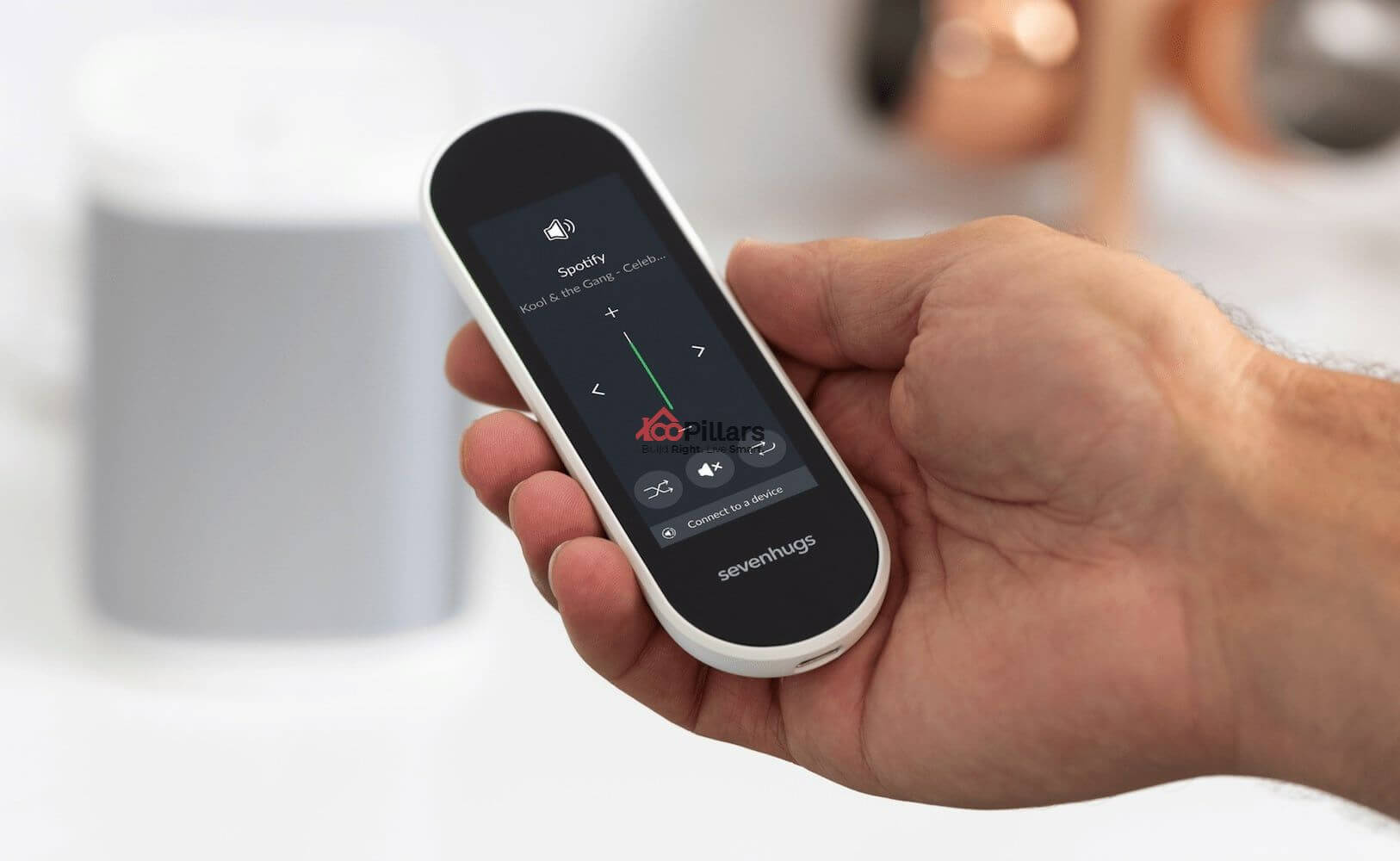
Smart remotes are an ingenious addition to your home automation setup. While traditional remotes are device-specific, smart remotes are compatible with any device that can be operated via infrared signals. These include your audio systems, TVs, air-conditioners, home-theater systems, etc. How does it work? Simple. A smart remote is a hub that receives a command from other devices such as your mobile, home assistant, or another smart device. This command is then blasted via IR signals to its surroundings and reaches the intended device.
What’s more, since this is a smart remote that is connected to the internet you can pre-program a set of commands into modes and simply use voice control to execute them.
Smart Security Systems
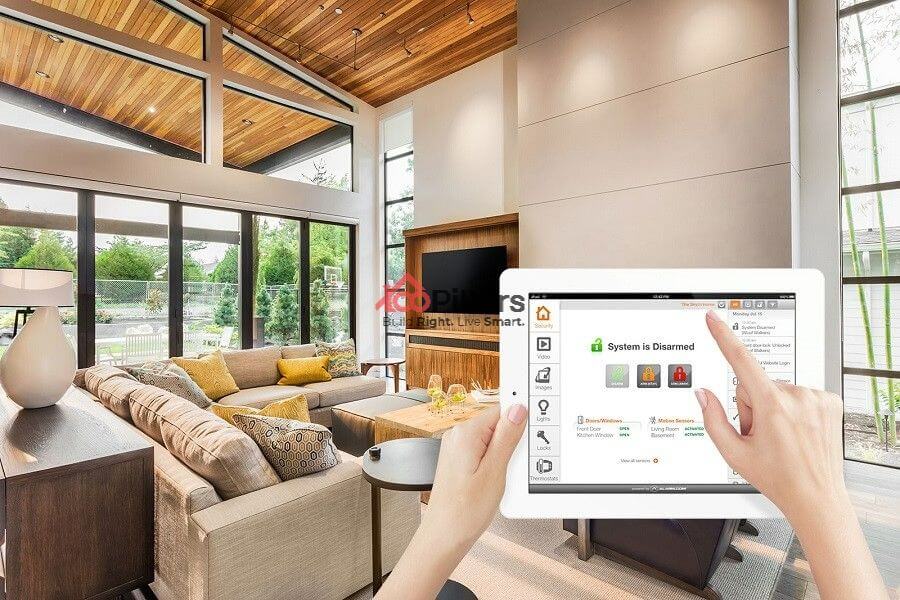
If there is one place that you need to feel the safest, it is at home. Smart security systems are a great way to add layers of safety and security around you and your loved ones. The most basic device that can do this is smart door locks. These highly advanced door locks directly replace your traditional door locks. There are a host of options offering encrypted key card readers, digital keypads for secure PINs, fingerprint recognition, facial recognition, inbuilt cameras. All of these ensure that only you or members of your family can enter your home and no one else. They take away the requirement for physical keys that can be stolen, lost or duplicated.
The truly “smart” aspect of this is the ability to grant access remotely, make exceptions for house guests, delivery persons and the elderly who might be at a disadvantage with technology. The active safety features intimate you on your mobile device whenever there is unauthorized or forced entry, set off alarms and intimate local law enforcement regarding the breach.
Another component of smart security systems is cameras. Traditional CCTV cameras used for security are passive. They simply record or relay a live video feed which needs to be monitored continuously by a person. Smart security cameras come inbuilt with motion and sound detection, facial recognition, and active safety features which can detect unusual or suspicious activity and warn you at the right time.
Smart Kitchens

Kitchens have traditionally been the most underrated space in a home. It is usually associated with a lot of manual and monotonous tasks. What is neglected however is how important utility and functionality are in a kitchen.
Imagine the simple task of washing utensils. While this has been predominantly a manual task, dishwashers came along and mechanized it. But imagine a smart dishwasher that can recognize the utensils that have been loaded, recommend a wash cycle that is appropriate, schedule the start of the process and intimate you when it is done. This is a modern-day reality and smart kitchens are now filled with such smart appliances that have amazing functionality and utility. Be it smart ovens that can start cooking a meal at the right time, smart faucets that can be operated by voice and hand gestures or
The Variety of Smart Upgrades
We have covered in detail some appliances, devices, and features that should definitely make your list. While you could achieve your home automation goals with these, the variety out there is just too good to pass up. Without getting into too much detail we will cover a few more smart devices and appliances you could explore. After all, discovery is half the fun!
Smart Curtains and Blinds
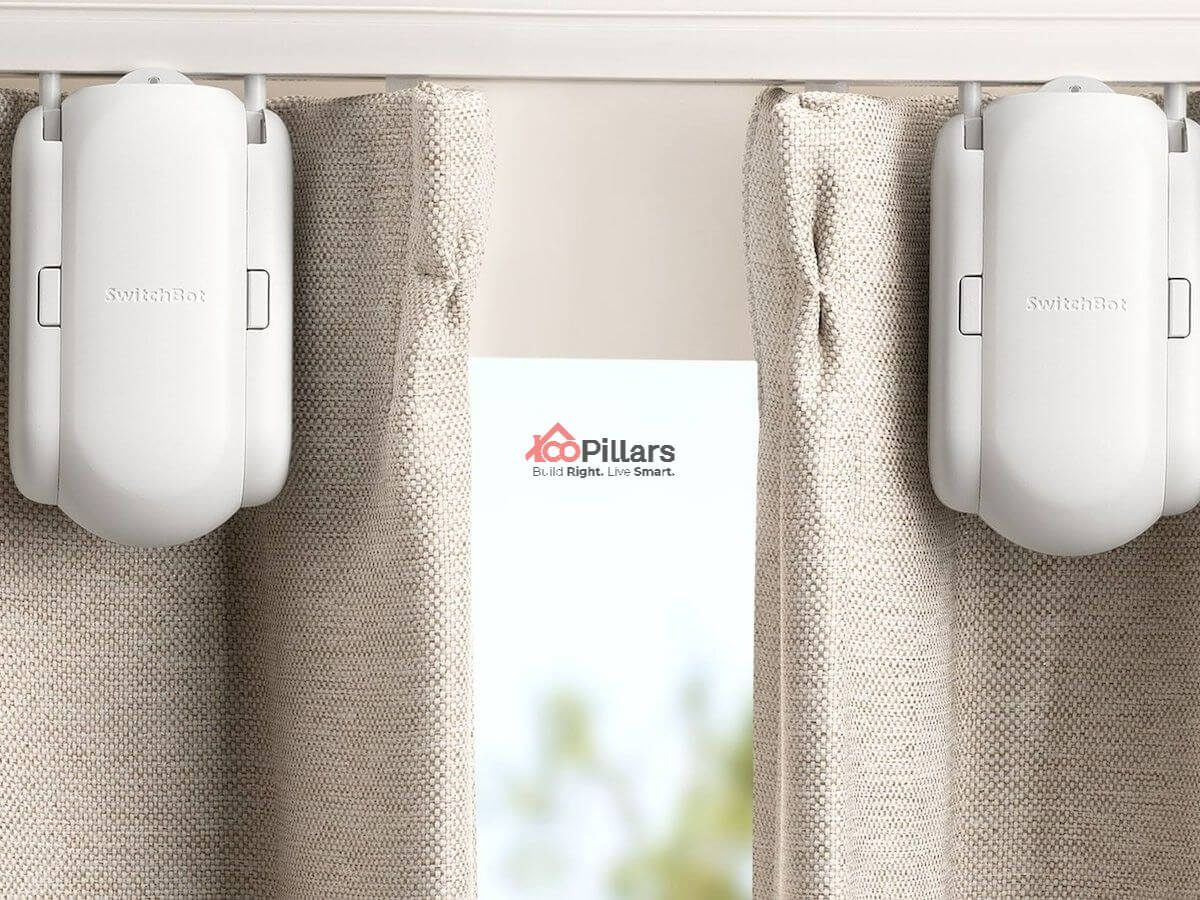
Guaranteed to inspire awe, this feature can not only help you get as much natural light into your living spaces and offset artificial light but also ensure privacy and safety at night. Driven by motors that can open close blinds and curtains this one smart device you definitely want to include in your futuristic home.
Smart Monitors
These are must-haves for homes with infants, elderly people or pets. It’s a really handy device that has a 2-way audio-video communication system and built-in sensors that let you monitor and communicate with those at home even while you are away. Install them in your child’s nursery or living room and never worry about having to keep a lookout again.
Smart Gates and Garages
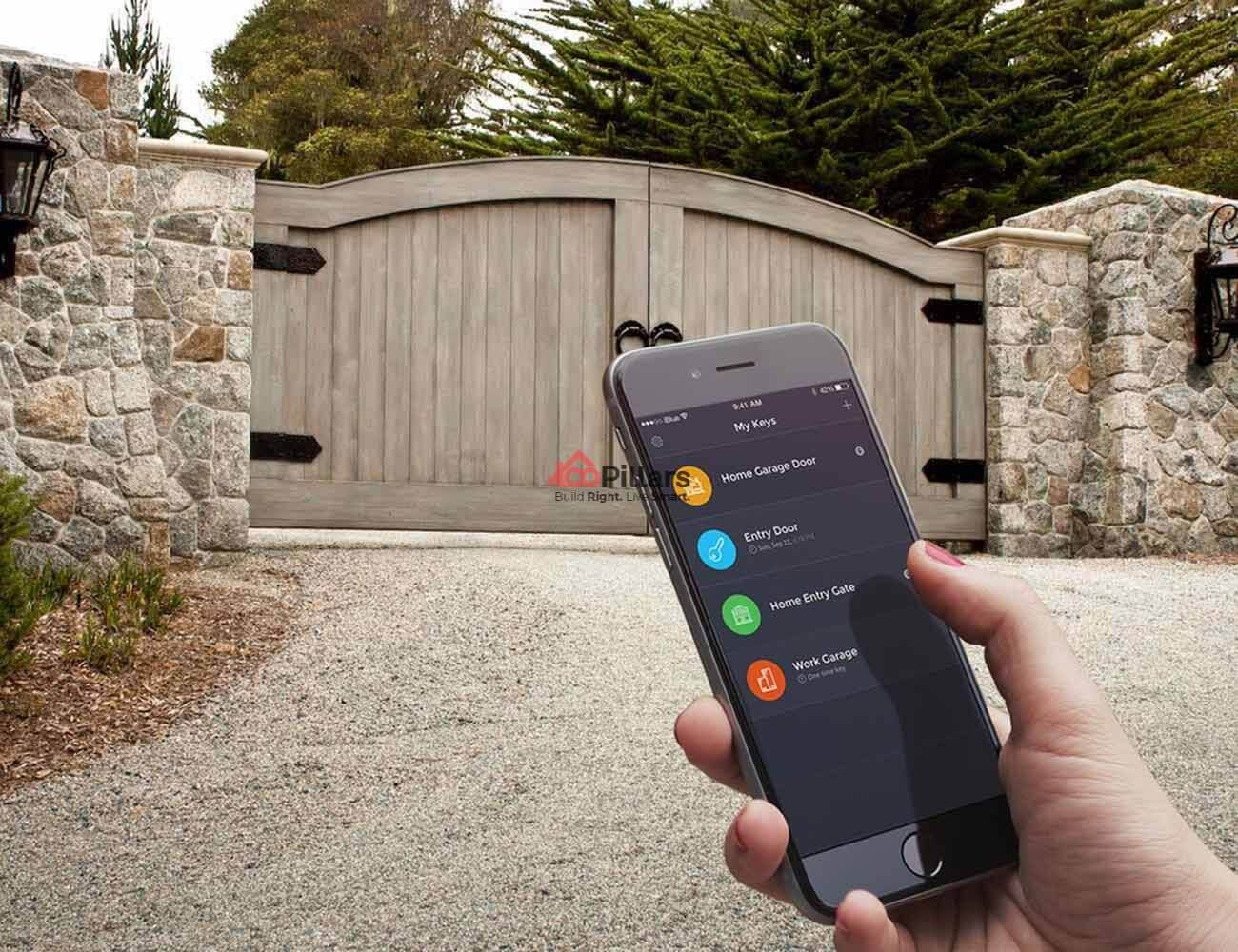
If you own a home with a garage or driveway that opens into the street these are for you. These mechanized devices can open and close your gates or garage doors upon sensing your vehicle. It can be specifically designed to respond to certain vehicles to prevent unauthorized entry. You can simply get into your car and drive in or out without having to step out in the rain or cold ever.
Smart Healthcare
Another significant upgrade that you can make to your smart home, especially one that houses the elderly, is to build an eco-system using smart healthcare devices. These take advantage of non-intrusive wearable devices like smartwatches, wristbands, armbands that can track everything from blood pressure, heart rate, sleep patterns, activity, and even conduct ECGs. The results can be remotely monitored by healthcare professionals, caregivers, and loved ones regularly and their logs maintained for future diagnosis. Features like fall detection using highly precise sensors in these devices have proven crucial in alerting relatives and healthcare services.
Arrays of sensors placed around the home like next to the bed, washrooms are paired to unique wearables to help detect the exact location of the wearer and help identify the nature of medical emergencies in case of such occurrences.
Doing the Smart Thing
Smart home automation projects can be extremely exciting for you and your family. With readily available choices and cost-effective solutions, you can solve almost just about anything.
However, do consider the overall cost of employing any of these solutions. Apart from the main device or appliance, you might require additional wiring, construction work and internet infrastructure to support some home automation systems. You need to be absolutely sure about what you need and what you don’t.
If you are planning to build your dream home you have a great advantage as implementing smart home solutions in a new project can help you save a whole lot of money at the outset and also allow you to plan for the future. With the help of your architect or engineer, you can plan to further expand your smart home’s capabilities in the future rather than invest in all of it now.
100Pillars has helped many of its clients find the right balance and make their smart home dreams a reality. Get in touch with us today to build your home the right and smart way!



